I had the opportunity to work with Jackie Hrabok-Leppajarvi (a reindeer epidemiologist!) and the students of UAF's Ecology Explorers. The 13 local kids participating in this summer program were excited to learn about the Healy and what we will be doing for research. They were an amazing group of students that were open about what I had to say, but even more open about teaching me about their experiences with climate change and growing up in this region of Alaska. They have noticed the rising temperatures and said that it has been very warm this summer. The sea ice during the winter is usually around from November until the spring and it is so thick that locals can drive their trucks on it for fishing. This year, the ice didn't show up until December, melted earlier than normal, and it was thin enough that some people lost vehicles. It was very interesting to hear firsthand accounts of climate change from these young people and how it is affecting their families.
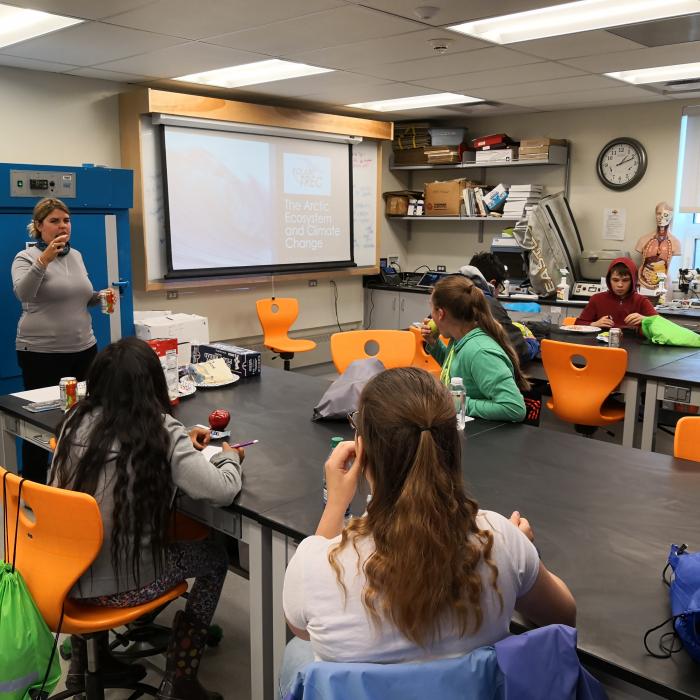
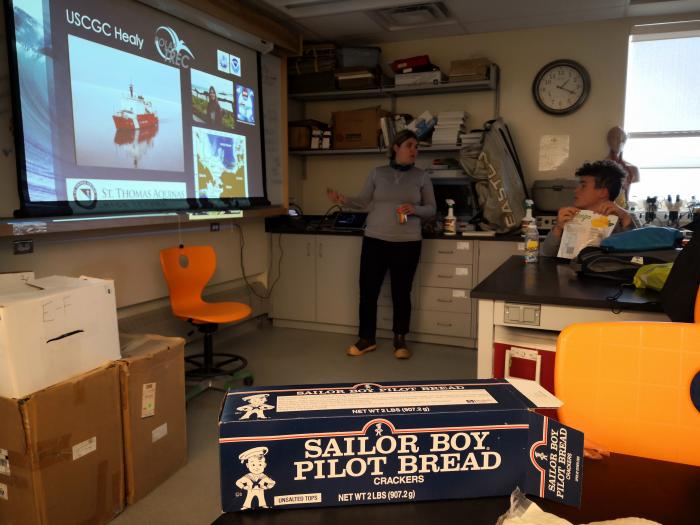
They decorated flags for me to bring on the ship and I will be posting pictures of them throughout the expedition. When the program wrapped up, Jackie took me around the area and showed me some of the highlights that can only be reached by car or ATV. Thank you Jackie for being a great host!
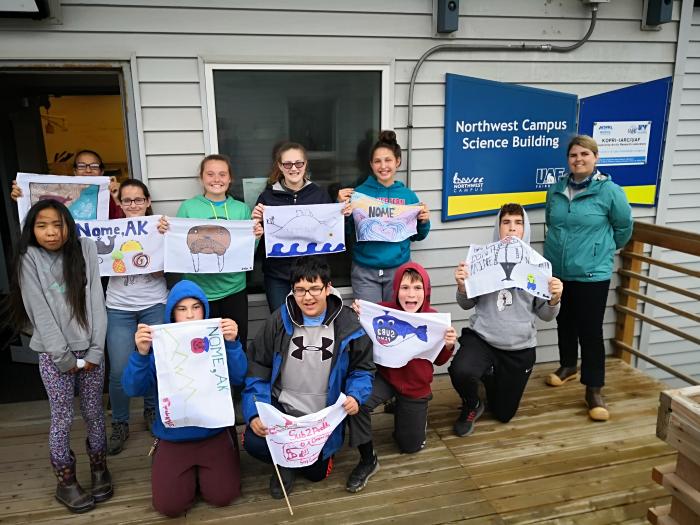
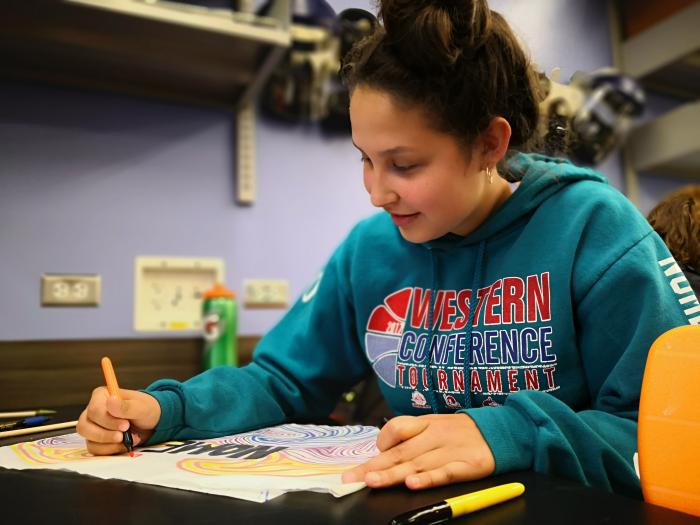
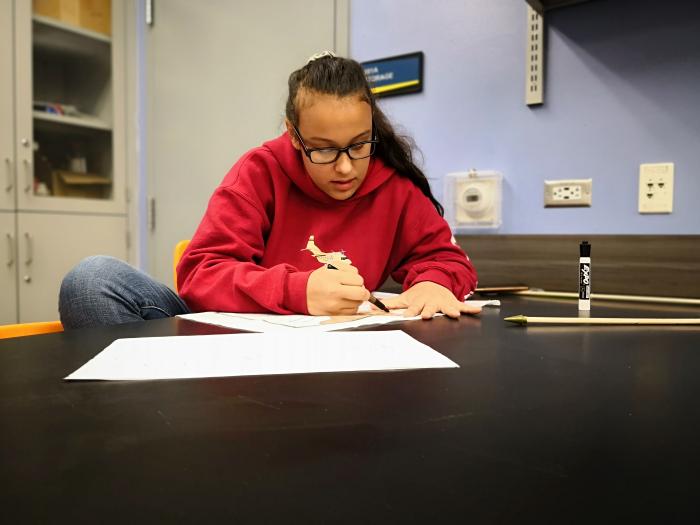
Over the next few days, the research teams will be arriving in Nome in preparation for our departure on the Healy this Friday. I am excited to be getting close to boarding the ship!
A Question From the Crow's Nest
What is Arctic amplification?
Answer from the previous post: The Iditarod Race, which goes from Anchorage to Nome, is 1,049 miles long.


Comments